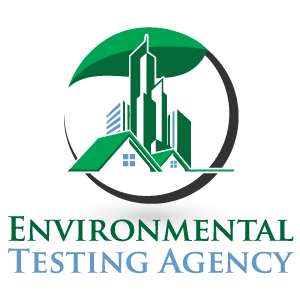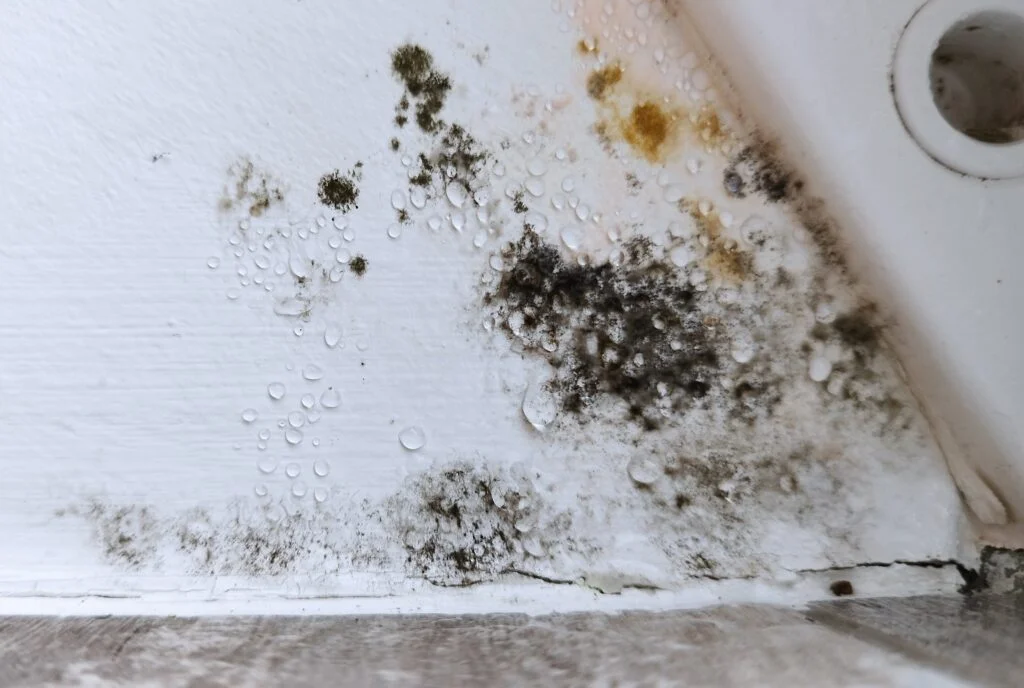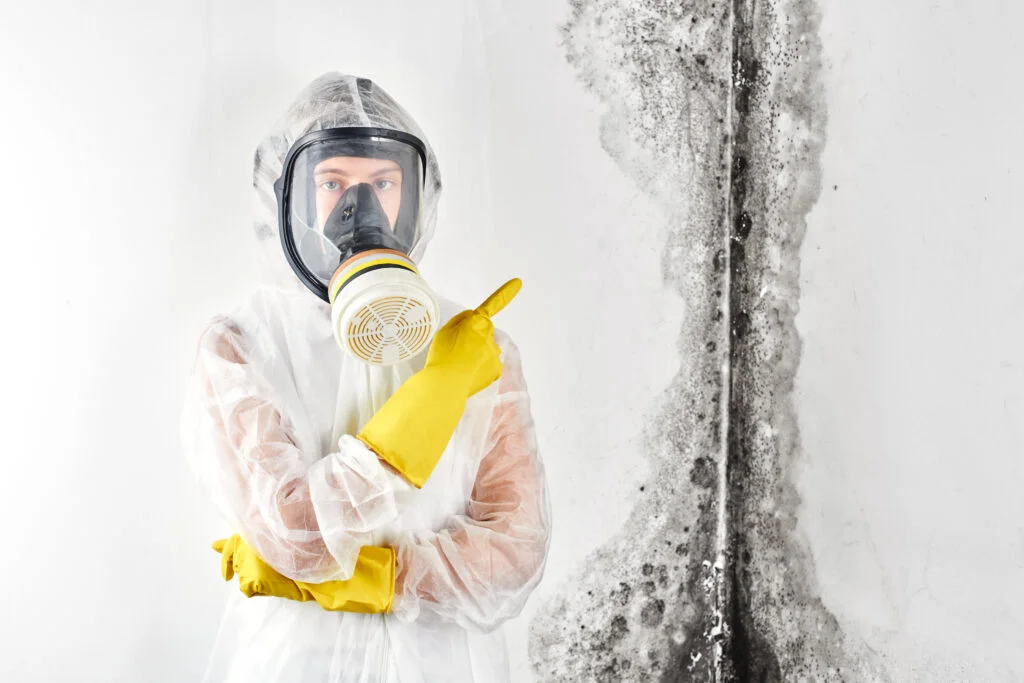Closet Mold Inspection & Testing Services In Florida
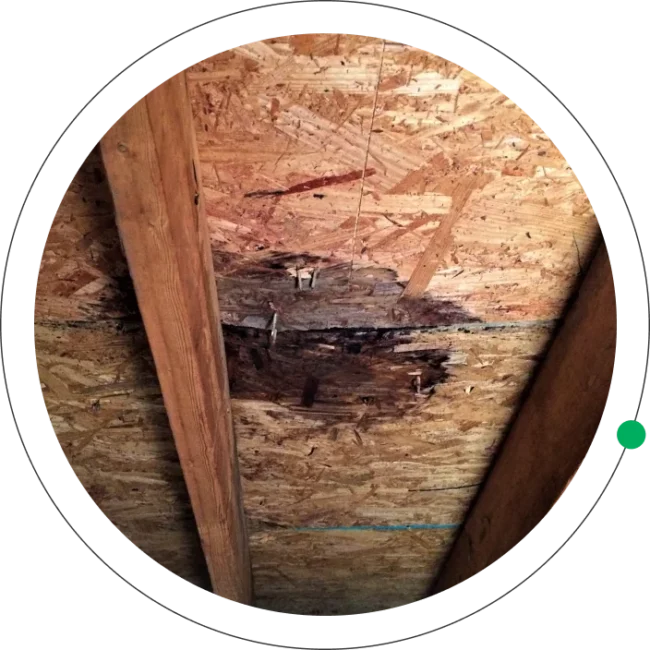
Why is the closet a place prone to mold growth?
Closets, being naturally closed-off spaces, don’t get much airflow or sunlight, which means that any moisture that accumulates doesn’t dry out quickly. This damp environment provides the perfect breeding ground for mold. Additionally, many homes and buildings in Florida have air conditioning systems that can sometimes worsen humidity issues if not properly maintained, increasing the risk of mold.
In Florida, closet mold is a particularly common problem due to our unique climate. The high humidity and frequent rain create an environment where moisture is almost always present. This moisture can easily enter closets, where it gets trapped and leads to mold growth.
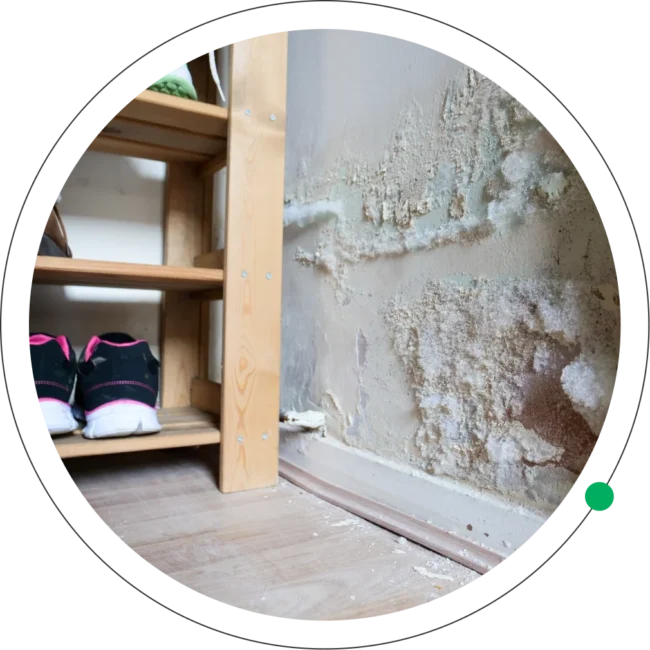
Common signs that indicate the presence
of Closet Mold are

Musty Odor
If you detect a strong, unpleasant odor when you open your closet, it could mean there’s mold. This musty smell usually indicates that mold is growing somewhere in the area.

Visible Spots
If you spot black, green, or fuzzy patches on your closet walls, shelves, or items, it’s a clear sign of mold. Even small patches can suggest a bigger issue.

Discoloration
If your clothes, shoes, or other items in the closet have mysterious stains or discoloration, it might be mold growing on them.

Health Symptoms
If you or your family are experiencing new or worsening allergies, asthma, or respiratory problems, mold could be the cause. Sometimes, mold can affect your health even if you can’t see it.

Dampness
Noticeable dampness or humidity inside the closet, even when the rest of the room feels dry.

Peeling Paint or Wallpaper
Paint or wallpaper inside or near the closet is peeling or bubbling due to moisture.
Tips to Identify Closet Mold
- Pay attention to any musty or earthy odors when you open the closet door, as these smells are often indicative of mold presence.
- Look for visible signs of mold growth, which may appear as black, green, or white spots on walls, shelves, clothing, or other items.
- Be aware of any increase in allergic reactions or respiratory issues when in the affected room.
- Examine fabrics, wood, and walls for unusual stains or discoloration, which can be a sign of mold.
- Look for signs of condensation on the ceiling, especially after showers or cooking.
- Touch the surfaces in the closet to detect any dampness or moisture, even if the surrounding area feels dry.
- Ensure room vents are not obstructed, promoting adequate airflow.
- Notice if you or your family members experience increased allergy symptoms, such as sneezing, coughing, or skin irritation, especially near the closet.
- Look for peeling paint or wallpaper inside or near the closet, as well as warped or softwood, which can indicate moisture and mold growth.
Regularly inspecting your closet and maintaining proper ventilation, insulation,
To keep your closet mold-free, address these common causes. If you think you might already have a mold issue, don’t hesitate to contact us at ETA Mold. We’re here to provide thorough inspections and expert solutions to keep your closets and home healthy and dry.
Want to avoid Closet Mold?
ETA tips for preventing it
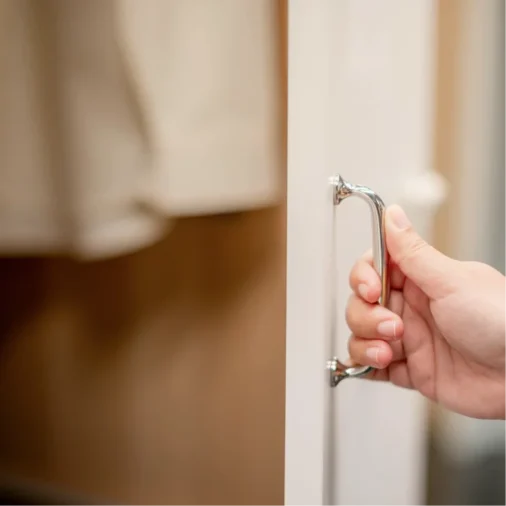
Ensure Proper Ventilation
- Ensure your closet has good airflow. Leave the door slightly open if you can, or use a small fan to keep the air moving.
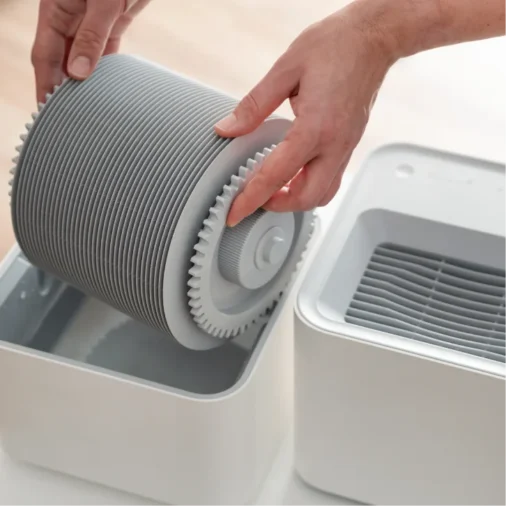
Control Humidity
- Use a dehumidifier or air conditioner to keep humidity below 60%. This helps prevent the damp conditions that mold thrives in.
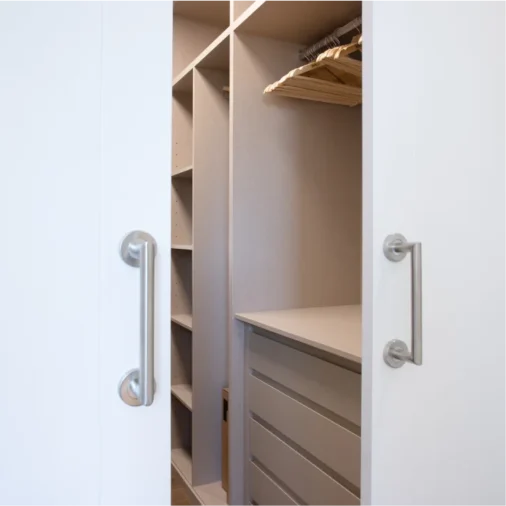
Use Mold-Resistant Materials
- When renovating or setting up a new closet, consider using mold-resistant materials like treated wood or mold-resistant paint.
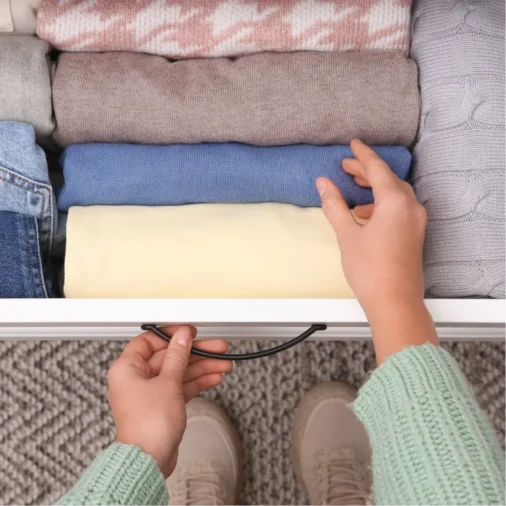
Dry Items Before Storing
- Ensure clothes, shoes, and other items are completely dry before placing them in the closet to prevent moisture buildup.

Regular Cleaning
- Clean your closet often to remove dust and dirt that can attract moisture. Check for any signs of mold or mildew and clean them up right away.
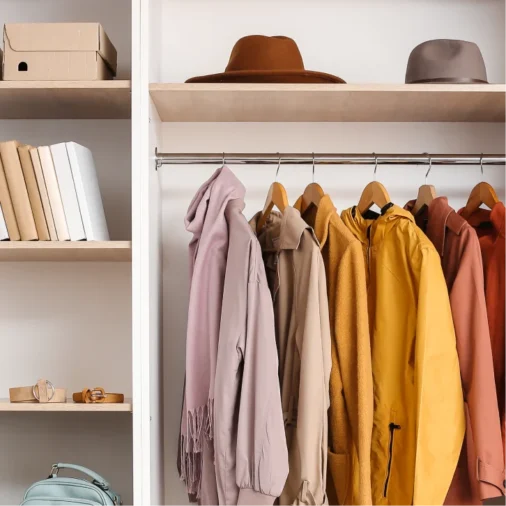
Avoid Overcrowding
- Don’t fill your closet too tightly. Leave space between clothes and shelves to help air circulate and prevent moisture buildup.
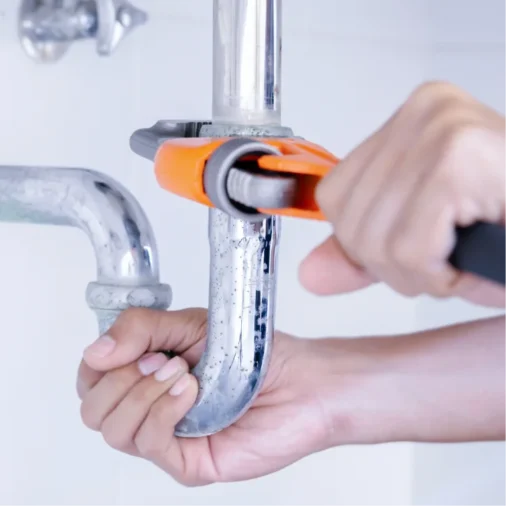
Fix Leaks Promptly
- Repair any leaks or water damage as soon as you notice them. This stops moisture from building up in your closet.
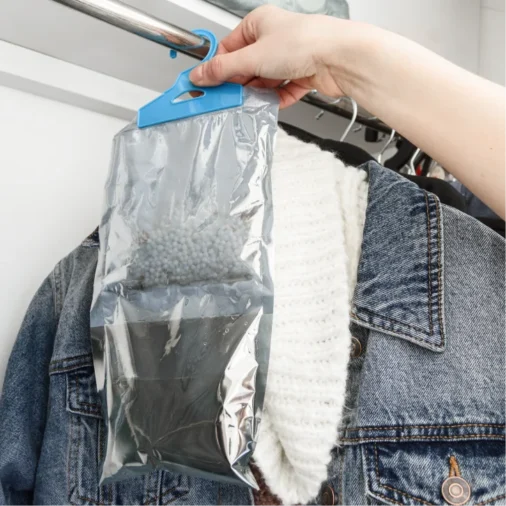
Use Moisture Absorbers
- Place items like silica gel packs or activated charcoal in your closet to absorb excess moisture and keep the air dry.
Choose ETA for Expert Mold Testing
When it comes to closet mold inspection and testing in Florida, choosing the right team is essential, and ETA Mold stands out as the best choice for you. Our experienced professionals know how to handle all kinds of mold issues, using the latest tools and techniques to deliver accurate results. We conduct thorough inspections, checking every nook and cranny where mold might be hiding, and we also assess air quality to ensure it’s safe and healthy.
Professional Mold Inspection & Air
Quality Testing Services in South Florida.
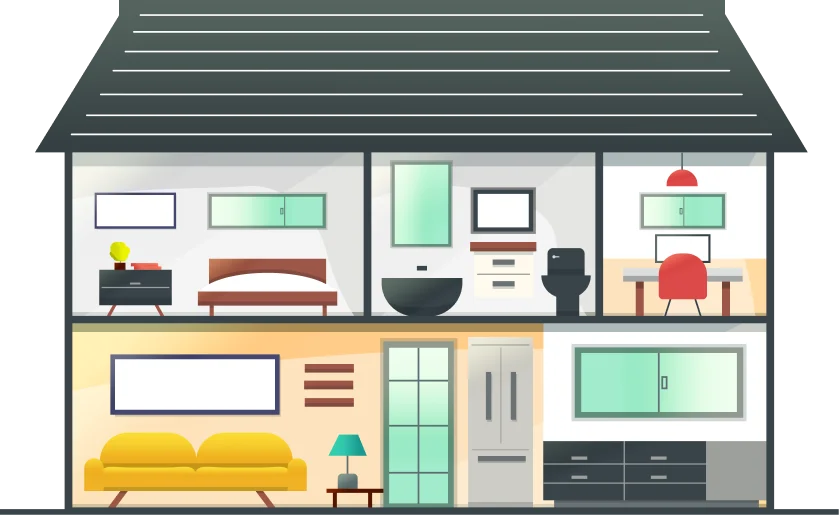
The Mold Inspection Process

DETECTION
We’ll discover the source of infrastructure damage. This is imperative and also the first step in our process.

TESTING
We send all samples to an accredited laboratory. Our labs know this is our priority and will give the most detailed results possible.

ASSESSMENT
Our certified and licensed assessors will compile a comprehensive report providing our documentation and lab analysis. All information comes with a scope of work.

Why Choose Environmental
Testing Agency?
Our team is comprised of industry-certified experts with extensive knowledge and experience in environmental testing. We utilize the latest technology and methodologies to ensure accurate and reliable results, making us leaders in the field.
Expertise
We are committed to providing exceptional customer service. Our team is responsive, thorough, and dedicated to assisting clients through every step of the testing process. We prioritize clear communication and tailored solutions to meet your specific needs.
Customer Service
Quality is at the core of everything we do. From rigorous testing procedures to detailed reporting, we ensure that all services meet the highest standards. Our commitment to quality helps clients make informed decisions based on dependable data.
Quality
Licensed, Certified,
and Insured Mold Inspection
and Air Quality Testing Company.

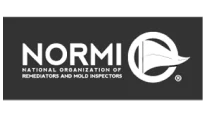



Before Booking an Air Quality Test
and Mold inspection Services
Receive $50 off!

Closet Mold FAQ’S
It’s smart to get a mold inspection if you notice any signs of mold or moisture. Otherwise, it’s a good idea to have an inspection every 1-2 years, especially in humid places like Florida. Regular check-ups help catch mold problems early.
Mold inspection is a visual check to find possible mold issues. Mold testing involves taking samples (like air or surface samples) to analyze in a lab. This tells us the type and amount of mold. Together, these steps give a full picture of the mold situation.
It usually takes about 1-2 hours, depending on the size of the closet and the mold problem. We aim to be thorough but quick, so you get accurate results without waiting too long.
It helps if you can clear out items from your closet so we can check every area. If you can’t remove everything, don’t worry—we’ll work around your things.
To keep mold away, manage humidity, improve ventilation, and fix any water leaks quickly. Regular cleaning and maintenance are also key. We can give you specific tips based on what we find during the inspection.
Yes, mold can be hiding in places you don’t see or be in the air. An inspection helps find mold before it becomes a bigger issue, especially if there’s moisture or past water damage.
We collect samples from your closet, like air or surface samples, and send them to a lab for analysis. This tells us what kind of mold is there and how much. With this info, we can give you accurate advice and solutions.
Yes, mold can spread to other areas if not dealt with. Mold spores can become airborne and settle elsewhere, leading to more mold and potential health issues.
For moldy items, cleaning or discarding them depends on the material and how bad the mold is. For valuable or delicate items, you might need professional cleaning. We can guide you on the best way to handle it based on our findings.
We usually provide a detailed report within a few days after the inspection. The exact timing depends on how complex the testing is. We’ll keep you updated and get the results to you as soon as possible.
Areas We Serve
In Florida
1. Miami Dade
- Coral Gables
- Coconut Grove
- Miami Beach
- Star, Palm & Hibiscus Island
- Key Biscayne
- Keystone Islands
- San Souci
- Miami Shores
- Pinecrest
- Brickel
- Bal Harbor
- Bay Harbor Islands
- Indian Creek
- Surfside
- Eastern Shores
- Sunny Isles
- Aventura
- Golden Isles
- Golden Beach
- The Roads
2. Broward
3.Palm Beach
- Royal Palm Beach
- Lake Worth
- Lantana
- Boca Raton
- Boynton Beach
- Manalapan
- Singer Island
- South Palm Beach
- North Palm Beach
- Tequesta
- Highland Beach
- Ocean Ridge
- Country Club Acres
1. Miami Dade
- Coral Gables
- Coconut Grove
- Miami Beach
- Star, Palm & Hibiscus Island
- Key Biscayne
- Keystone Islands
- San Souci
- Miami Shores
- Pinecrest
- Brickel
- Bal Harbor
- Bay Harbor Islands
- Indian Creek
- Surfside
- Eastern Shores
- Sunny Isles
- Aventura
- Golden Isles
- Golden Beach
- The Roads
2. Broward
- Bonaventure
- Hallandale
- Miramar
- Hillsboro Beach
- North Lauderdale
- Coconut Creek
- Hollywood
- Sea Ranch Lakes
- Oakland Park
- Sunrise
- Coral Springs
- Parkland
- Dania
- Lauderdale By The Sea
- Pembroke Park
- Tamarac
- Davie
- Pembroke Pines
- University Park
- Deerfield Beach
- Plantation
- Weston
- Fort Lauderdale
- Lighthouse Point
- Pompano Beach
- Wilton Manors
3. Palm Beach
- Royal Palm Beach
- Lake Worth
- Lantana
- Boca Raton
- Boynton Beach
- Manalapan
- Singer Island
- South Palm Beach
- North Palm Beach
- Tequesta
- Highland Beach
- Ocean Ridge
- Country Club Acres
- Jupiter
- Palm Beach
- Jupiter Inlet Colony
- Palm Beach Gardens
- Wellington
- Jupiter Island
- Palm Beach Shores
- Delray Beach
- Palm Springs
- Lake Clarke Shores
- Pelican Lake
- West Palm Beach

